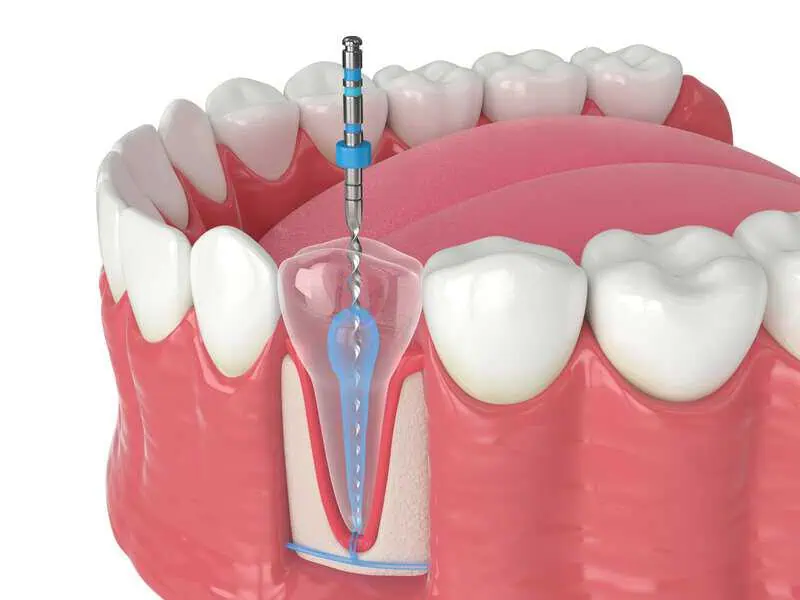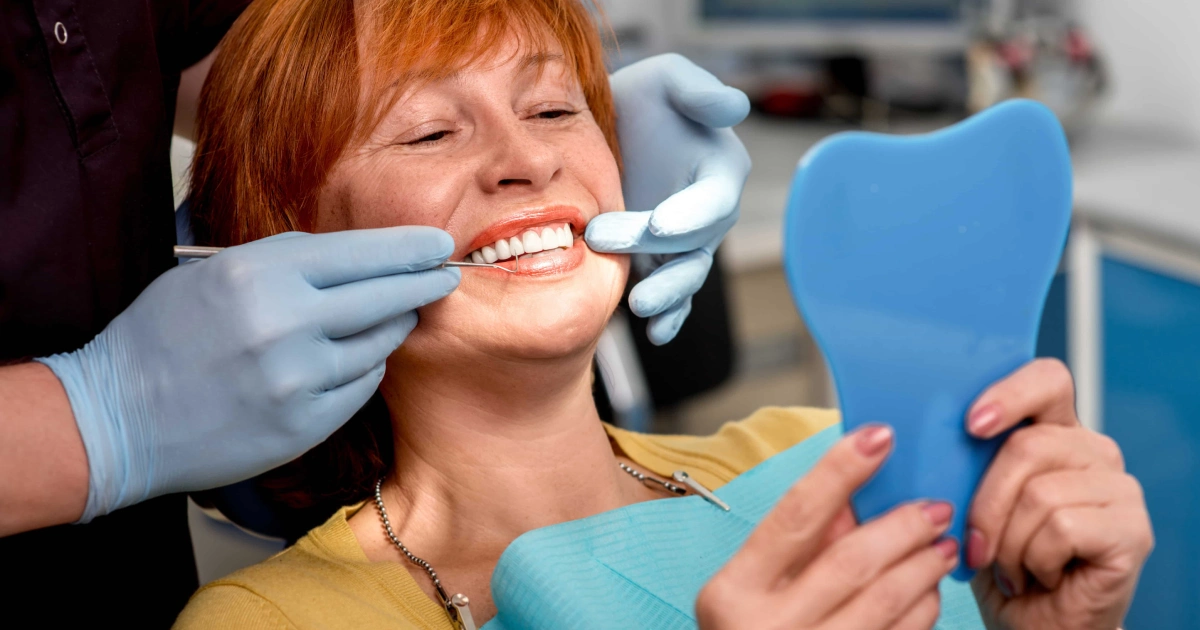Introduction
Root canal therapy is frequently misunderstood, causing many individuals to fear it as an excruciatingly painful procedure despite its crucial role in dental health maintenance. However, thanks to significant advancements in dental techniques and the use of adequate anesthesia, this essential treatment has become much more comfortable and far less daunting than many people anticipate. This article will provide factual insights into root canal therapy, debunking myths and highlighting its role in relieving dental pain effectively.
What is Root Canal Therapy?
Root canal therapy aims to prevent pulp issues in the tooth’s soft inner core, which can cause infection or inflammation due to physical trauma, decay, or dental procedures. The treatment process entails the meticulous removal of the compromised pulp tissue, followed by a thorough cleaning and disinfection of the internal chambers within the tooth.
Subsequently, these chambers are filled and sealed to effectively eliminate the possibility of future infections from occurring. This essential therapy not only relieves pain but also saves the natural tooth, avoiding the need for extraction and replacement with artificial alternatives.
The Root Canal Procedure: A Step-by-Step Guide
Although getting a root canal can seem intimidating, being aware of the process can help reduce any fear. Here’s a detailed step-by-step guide to what happens during root canal therapy:
Initial Consultation and Diagnosis
- Symptom Assessment: The process starts with your dentist evaluating symptoms like pain, sensitivity to heat or cold, and swelling.
- X-rays: To confirm the need for a root canal, X-rays are taken to examine the underlying bone structures and detect any decay or damage not visible to the naked eye.
Anesthesia
- Local Anesthesia: The affected area is made numb with local anesthetic prior to the treatment starting. This ensures that the root canal treatment is as pain-free as possible.
Accessing the Pulp
- Tooth Isolation: To keep the tooth clean and dry during the process, it is isolated using a tiny protective sheet known as a dental dam.
- Creating an Access Hole: To access the pulp chamber, the endodontist or dentist drills a hole in the tooth’s crown.
Removing the Infected Pulp
- Pulp Removal: Using special tools, the infected or inflamed pulp is carefully removed from both the pulp chamber and root canals.
- Canal Cleaning: After the pulp has been removed, the canals are cleaned with antiseptic and antibacterial solutions to eradicate the remaining microbes.
Shaping the Canals
- Canal Shaping: Small instruments are used to shape the canals to receive the root canal fillings. This step is crucial for preventing future infections.
Filling the Canals
- Filling Material: The cleaned and shaped canals are filled with a biocompatible material, typically gutta-percha, which is then sealed with adhesive cement. This step ensures that the canals are completely sealed off from any further infection.
Restoring the Tooth
- Temporary Filling: Initially, a temporary filling might be placed to safeguard the tooth while a permanent restoration, such as a crown, is being crafted to ensure long-term protection and functionality.
- Permanent Restoration: To return the tooth to its optimal function and cosmetic shape, the last stage typically entails additional restoration procedures, such as the insertion of a crown or a permanent filling.
Aftercare
- Follow-Up: A follow-up appointment may be necessary to monitor the healing process and ensure that the infection has been cleared.
- Pain Management: Post-procedure discomfort is normal and can usually be managed with over-the-counter pain relievers. Instructions on how to care for the treated tooth at home will also be provided.
Monitoring
- Regular Check-Ups: The long-term success of root canal therapy depends on routine dental examinations.
Understanding these steps can help you see root canal therapy not as a daunting procedure but as a beneficial one that relieves pain and preserves your tooth. The advancement in dental technology and anesthesia has made this procedure comfortable and practical, providing relief and restoring oral health.
Debunking the Pain Myth
Although root canal therapy is associated with pain, this widespread misconception is out of date and mostly mistaken. Advances in dental technology and anesthesia have transformed this procedure into one that is typically no more uncomfortable than having a routine filling. The infection in the tooth itself, not the therapy, is the primary source of pain when a patient has a root canal.
When the infected or inflammatory pulp is removed during root canal therapy, patients frequently find instant relief from the pain that accompanies the procedure. Dentists use effective local anesthetics to ensure that the area is completely numb during the procedure, minimizing any discomfort. Post-procedure pain is usually mild and can be easily managed with over-the-counter pain relievers, making the overall experience much more tolerable than many anticipate.
Root Canal Relief
Root canal relief refers to the significant alleviation of pain and discomfort that patients experience following root canal therapy. The procedure is specifically designed to remove infected or inflamed pulp tissue from the inner parts of a tooth, which is often the source of severe pain. Root canal therapy not only preserves the original tooth but also starts to restore the patient’s oral health and general well-being right away by treating the underlying source of their discomfort.
Many patients report an apparent improvement in their ability to chew and bite without pain following the completion of the root canal. The relief is often described as dramatic, as the persistent pain caused by the infection is eliminated. This treatment ultimately allows the tooth to heal correctly, with the added benefit of maintaining the tooth’s natural appearance and preventing further decay or infection.
Aftercare and Recovery
Aftercare and recovery are critical components following root canal therapy, ensuring that the treated tooth heals appropriately and maintains its function. Immediately after the procedure, the tooth may be tender for several days as the inflammation diminishes. Patients need to avoid chewing on the treated side until the permanent restoration is complete, which helps to prevent any damage to the temporary filling or the tooth itself.
Patients are typically advised to maintain good oral hygiene by brushing and flossing regularly, but they should do so gently around the treated area to avoid irritation. Most of the time, over-the-counter painkillers are adequate to handle any discomfort that arises during the healing process. Maintaining regular follow-up meetings with the dentist is crucial for tracking the healing process and ensuring the effectiveness of the root canal procedure, which allows for timely correction of any potential issues.
Conclusion
When combined with expert dental care, root canal therapy is a helpful treatment that reduces pain and improves dental health. Smiles Of Chandler, where Dr. Heaton and Dr. Woodward expertly perform root canal therapy using modern anesthetics and techniques, offers a routine and relatively easy experience that quickly alleviates pain and helps the body eliminate harmful infections. Discover the relief and recovery that modern root canal therapy offers, where advanced techniques ensure a comfortable experience and rapid alleviation of dental pain.
Read also about : Understanding Sedation Dentistry: How It Works and Its Benefits







